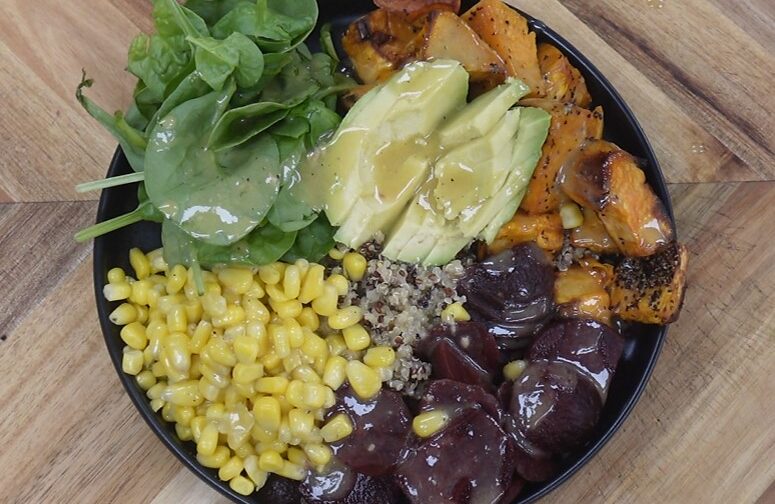How Prepared Is Your School for Its RFP Process?
The 2022-2023 school year will bring its share of challenges because of the continued Covid-19 pandemic, and schools nutrition programs are no exception.
For many districts, a lot of change has occurred since they last went out for RFP (Request for Proposal). One of the biggest adjustments that schools must consider this time around is the reality of the cost of school meals. In extreme cases, this cost could increase to an all-time high of up to $4 – $6 per meal in some areas.
First, let’s examine why school meals have risen so sharply in price. Then, we’ll review key questions and considerations to help guide your conversations with prospective vendors.
Why Have School Meals Become More Expensive?
The cost of school lunches has seen a steady increase in price in the last several years. Here’s why this upcoming school year might find programs at another all-time high:
- Supply Chain Disruptions Create the Need for Food Substitutions. The pandemic has led to supply chain problems, which means that schools could have a much more difficult time getting the affordable food they need to serve their students.
- The Cost of Attracting and Retaining Qualified Staff is Rising. Personnel shortages have driven wages up as well.
- Providing More Authentic, Diverse Meals to Meet Student Expectations. The variety of meals served in schools has seen a big improvement in recent years. An increased focus on authentic and diverse food offerings is great from a cultural and nutritional standpoint, but it can also increase the complexity of your program.
- Providing Meals that Compete with the Availability of Other Food Options. What the cafeteria is serving is not the only option for students anymore. As a result, many districts have a more difficult time trying to convince their students to opt for the onsite lunches instead of competing with the other options available.
With rising food costs driving prices up, labor shortages creating operational roadblocks and the pressure to serve more diverse, nutrition-rich meals, there’s a lot to consider in your new nutrition program partner.
Here’s what your school needs to keep in mind to effectively prepare for the RFP process.
Success With Your RFP Comes Down to Selecting the Right Partner
With multiple vendors vying to become your next nutrition program partner, and so much at stake this upcoming school year, how can you be better prepared to take control of your decision?
Our experience shows that the following criteria is the best way to predict success with your partner.
1. Strategic Flexibility
Rules and regulations are constantly changing, so your partner needs to bring enough flexibility to navigate a fluid environment. Every change to the rules and regulations will affect a number of decisions school districts have to make and quickly adapt to.
Talk to your potential partners about:
(1) what changes are likely to occur,
(2) the impact that will have on your particular approach, and
(3) how they would effectively pivot to keep the program running successfully.
2. Address Your School Goals in the RFP
While all nutrition programs have similar overarching goals to serve more nutritious meals to their students, there are more individual challenges that vary from district to district. The school meal program should address these goals on a personalized level to encourage respondents to develop specific strategies to achieve those goals.
3. Have Interactive Meetings
Though difficult with current safety regulations, it’s essential to have face-to-face meetings with the people that are making these decisions whenever possible (although virtual conversations can still be effective if in-person is not possible). It benefits both the school and the potential partner, as you can discuss your needs and expectations clearly from the very beginning.
It also allows for specific activities that can only occur when in-person, such as performing meal taste tests.
Taste tests, especially if you also involve some students and parents, can increase the chances of success of your meal program. Your dining partner will most likely welcome the opportunity to showcase their talents – in fact, they should encourage it. Reluctance to conduct such experiences can serve as a warning sign.
4. Evaluate Partner Resources
Your prospective partner should have the right tools and resources to ensure a streamlined operation, so it’s important to assess their resources before just taking their word for it. This can be anything from having the right staff expertise, to cultivating the right supplier relationships, to using digital technologies to improve ease of operations.
It can also help to inquire about how the potential partner handles setbacks and how they might address them to ensure the operation gets back on track.
In closing, if a partner you are having a discussion with does not ask about the specific needs and goals of your school, proceed with caution. The partnership will not likely meet your expectations. No two districts are exactly alike, and the ever-changing rules and regulations environment will create unique challenges for every district. You need the confidence that your partner is going to lead you through this next school year with added convenience, not complexity.
Looking for a New Partner?
If you’re exploring a new partner for your nutrition program this next school year, Whitsons is happy to assist you. We can help you identify key priorities and design the right strategy for a successful school lunch program.
Reach out to us today to find out more.
View All Blogs









